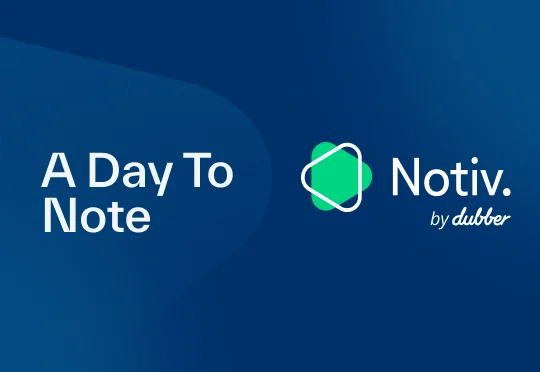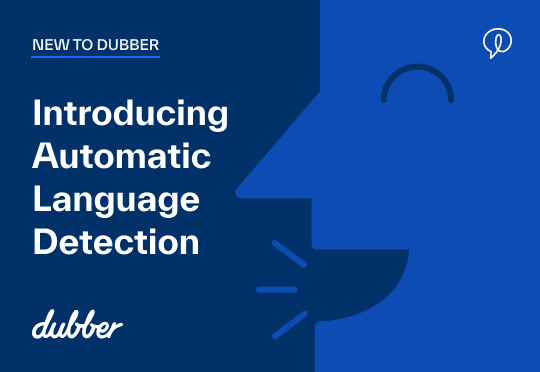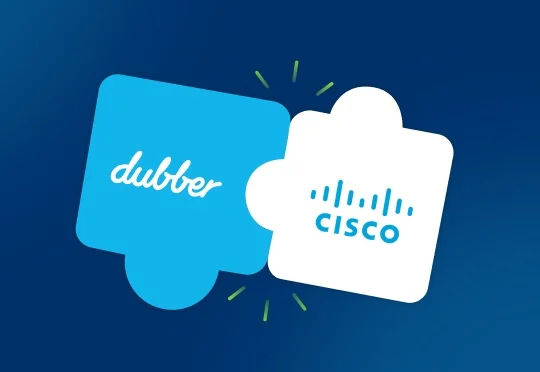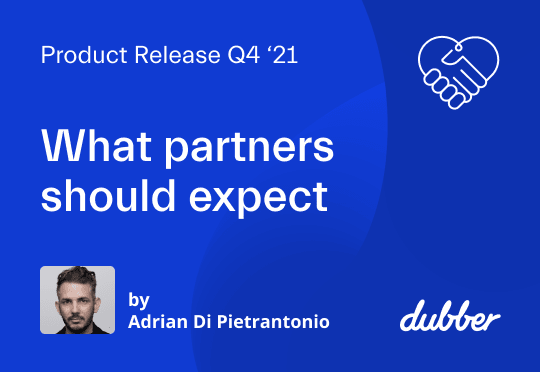Practical strategies and steps from the MS – Dubber webinar
Is the hybrid workplace here to stay? How do you meet post-pandemic demands for regaining compliance? And what role does technology play in enabling hybrid work flexibility, improving productivity and lifting CX and EX, all while minimizing risk?
In a recent webinar, Leon Wright, Microsoft’s Advanced Workloads Lead in Australia, together with Andy Lark, Chief Marketing Officer, Dubber, outlined the new hybrid work challenges, from siloed teams – to difficulties in accessing data for compliance insights.
Drawing from the webinar, we highlighted essential strategies to regain compliance in a hybrid workplace. We summarised for you ways organisations can now leverage voice technology to lift compliance and derive critical insights from customer conversations in the hybrid workplace.
The good, the bad and the promise of the hybrid paradox
Microsoft’s Leon Wright believes Covid is just the beginning of the disruption:
“Over a year into the pandemic, digital adoption curves are accelerating and the evidence is in the data: 80% of managers expect more flexible work from home policies post-pandemic. 73% of employees want flexible remote work options to stay and 67% of employees want more remote in-person and collaboration work.”
So how do you embrace flexible workplaces and processes and thrive?
You could start by creating a new work model that prioritizes social, knowledge and human capital. And you could embrace the Employee Experience (EX) and create more listening systems.
“If Covid has taught one thing, it is that managers were not listening… We need to get those listening systems working really well. It’s about configuring those systems for your best productivity,” Leon Wright, Microsoft.
Meeting recordings is fast becoming the new content channel
Leon Wright believes meeting recordings is going to be one of the fastest growing content types at Microsoft. “Recording has become the new champion of knowledge management. It’s a vital tool for continuous learning about customers and employees in a hybrid workplace. It’s not only the employee expectations that fundamentally changed; customer’s expectations have changed too, and we need to listen more to what they have to say.”
Organisations that embrace the seismic hybrid shift and explore ways to tune into their employees and customers may have more of a chance to succeed in this complex reality.
Are you listening? Overcoming distance in a connected world
As the workforce becomes more distant, it is more challenging to get our message across and understand correctly what’s been said between teams and customers.
There is a growing dependence on BYODs and rising use of BYOAs – Bring Your Own Applications. As a result, there is a growing difficulty to manage the Customer Experience (CX) and Employee Experience (EX) across multiple end-points, like mobile, messaging applications, VOIP applications, video meetings, and more. Employees are often switching between these multiple communications methods, and customers are demanding to be met where and how they communicate.
Voice is the largest untapped source of data and insights
Fortunately, cloud-based voice technologies evolved as one of the tools for managing this new complex hybrid workplace. Voice AI, in particular, is playing a vital role in improving CX, EX, compliance, and more. The ability to use AI to automate the otherwise impossible task of understanding sentiment and behavior during calls has become crucial.
“There has never been a more important time to establish a system of record… Many of us have forgotten just how many conversations are voice-based. Today more than 80% of crucial conversations are still voice and the value of that conversation ends as soon as it is over, ” Andy Lark, Dubber “If companies are not allowing compliance breaches to occur in email, they shouldn’t be happening in voice conversations.
The power of Unified Call Recording (UCR) and customer intelligence
The advantage of Dubber on video and call meeting platforms, such as MS Teams, Cisco’s Webex and Zoom, is you have all your conference calls, mobile conversations, SIP trunk connections, messaging, chat and more stored and retrieved from one secure and compliant place.
In the past, a single query, and there are hundreds of them a day, could take hours. Now you can drill down in seconds into conversation sets, pick up troubling keywords and easily review insightful transcriptions.
This impacts dispute resolution, contact centre calls tracking, employee training, sales revenue intelligence, and more.
In sum:
In this hybrid world, the upside of voice technology is the rise of new business performance, sales and productivity opportunities.
The ability to capture crucial conversations across remote and in-office environments and derive insights is paving the way to; improved employee engagement, boosted productivity, better outcomes in sales and compliance.




